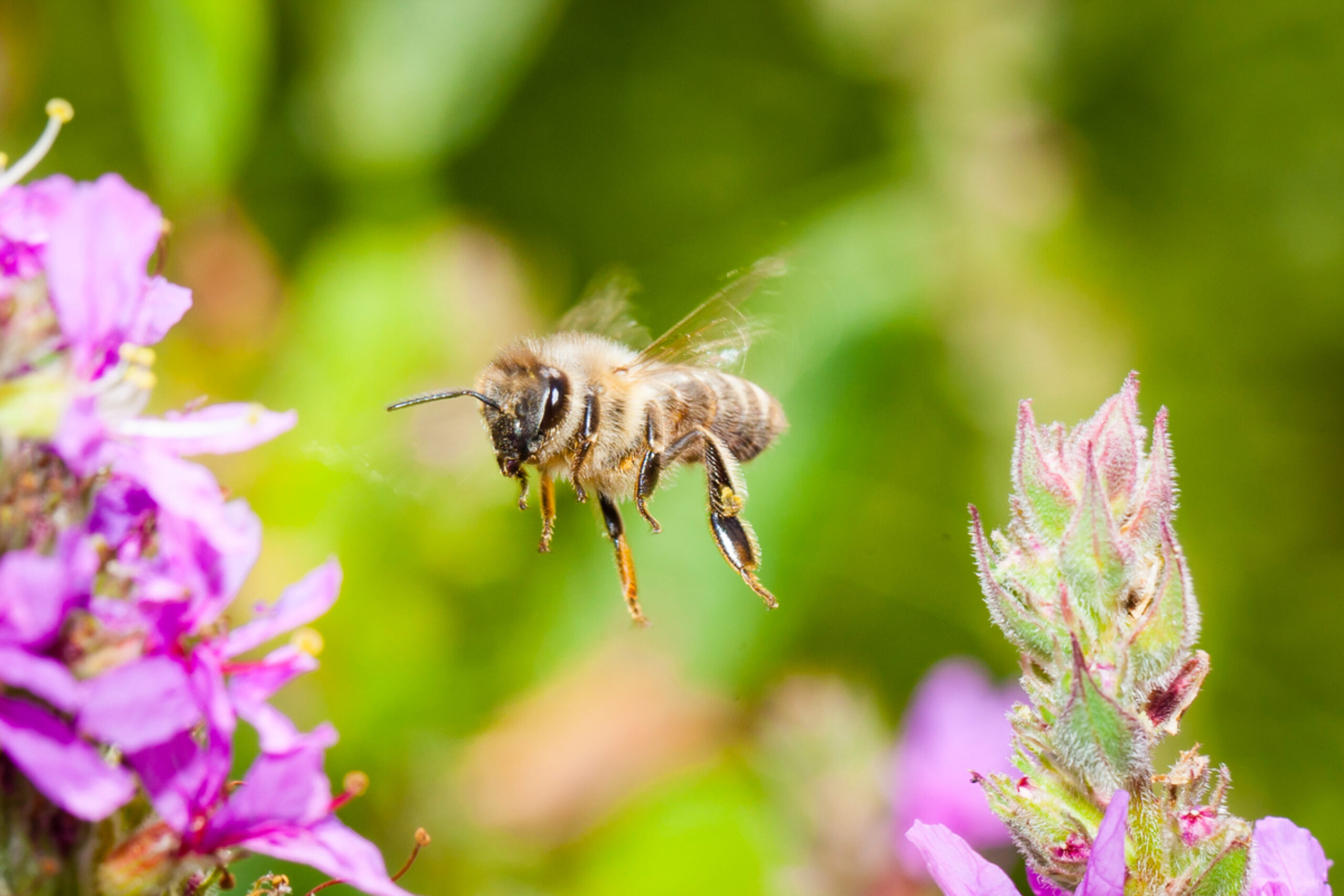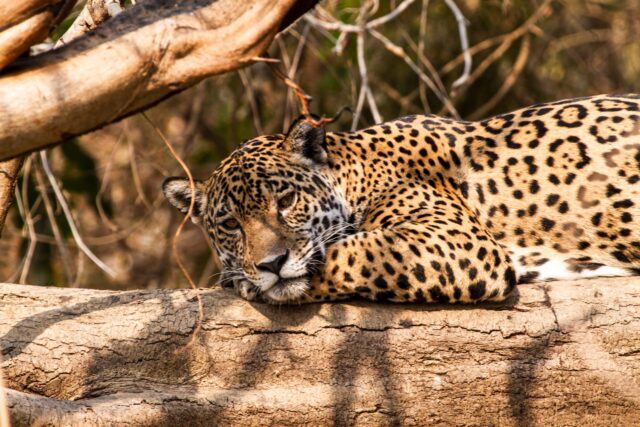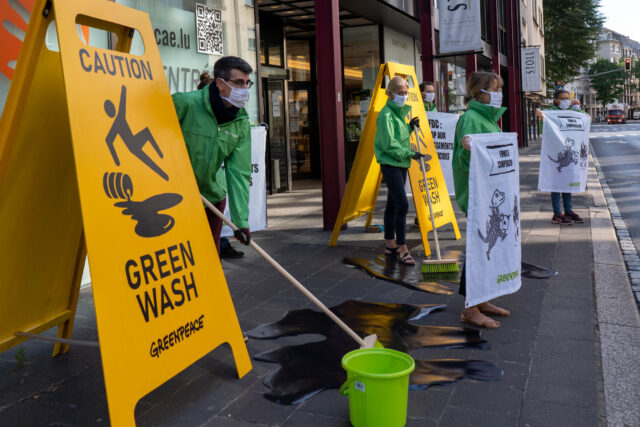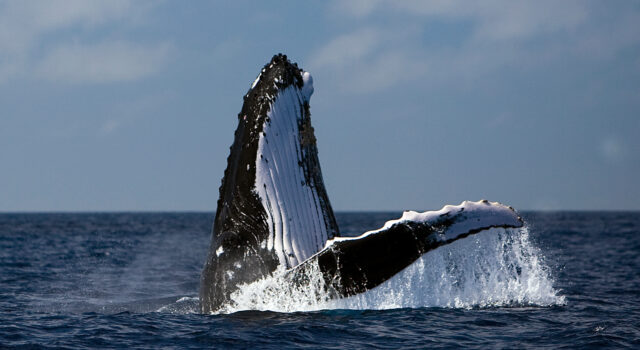
Imagine a world where coffee, strawberries, and even chocolate are in short supply. Sounds grim, right? Well, that’s the kind of future we could face if we don’t protect the pollinators – like bees, butterflies, and hoverflies – that keep our food system ticking.
How pollination works
Pollinators help plants reproduce by moving pollen from flower to flower. Some crops, like almonds, apples and cherries, are totally dependent on them. Without pollinators, they simply wouldn’t grow. Others, like tomatoes and chillies, can technically self-pollinate, but produce bigger, better yields when insects lend a hand.
🐝 Be a pollinator protector
Keen to discover more? Join thousands of others who’ve signed up for our pollinators email course. It’s free, easy to follow, and packed with practical tips and surprising facts. Sign up here and be part of the buzz.

Nature needs protectors. Be one of them.
See how you can get involved in Greenpeace’s world-changing campaigns.
Foods that rely on pollinators
The full list of foods that rely on pollinators is enormous, but even these selected highlights give an idea of what’s at stake.
Totally dependent on pollinators
Here’s just a few of the foods we’d miss in a world without pollinators:
- Fruit favourites like apples, pears, plums, cherries
- Nuts like almonds and cashews
- Berries like Blueberries and cranberries
- And worst of all: chocolate (yes really!)
Benefit hugely from pollinators
These plants can self-pollinate if need be, but without pollinators they’d be smaller and scarcer:
- Tomatoes, aubergines, chillies, courgettes.
- Strawberries, raspberries, blackberries.
- Cucumbers, pumpkins, melons.
- Coffee and many herbs like mint and basil.
Pollinators don’t just give us more food – they give us better food. Fruit and veg pollinated by insects are often larger, tastier and better shaped.
Pollinators are in peril. But we can still change the story
This isn’t just about missing out on nice-to-haves. Pollinators are a cornerstone of global food security. Without them, crop yields drop, food prices rise, and people go hungry. The poorest communities are hit hardest.
Right now, many pollinators are in serious trouble—threatened by habitat loss, pesticides, climate change, and pollution. But the good news? We can still turn things around.
From planting wildflowers to pushing for better farming policies, we’ve got options – and every action counts.
🌻 Five amazing facts about pollination
1. Pollination helps fight climate change.
Healthy pollinator populations support diverse ecosystems, which are better at storing carbon and adapting to a changing climate.
2. Some orchids mimic insects to attract pollinators
To attract pollinators, some orchids have evolved to look and smell like female insects. Male bees are tricked into “mating” with the flower, spreading pollen in the process.
3. Bats are brilliant pollinators.
Some fruit like bananas, mangoes and guavas rely on bats to get the job done, especially in tropical regions.
4. Flies are secret pollination heroes.
While bees get the glory, hoverflies and other fly species are crucial pollinators—especially in colder, wetter climates where bees are less active.
5. Some flowers only open at night.
Certain plants rely on nocturnal pollinators like moths to do their work under moonlight, with blossoms timed to open after dark.
Keep exploring
Discover more fun facts about our wild world




